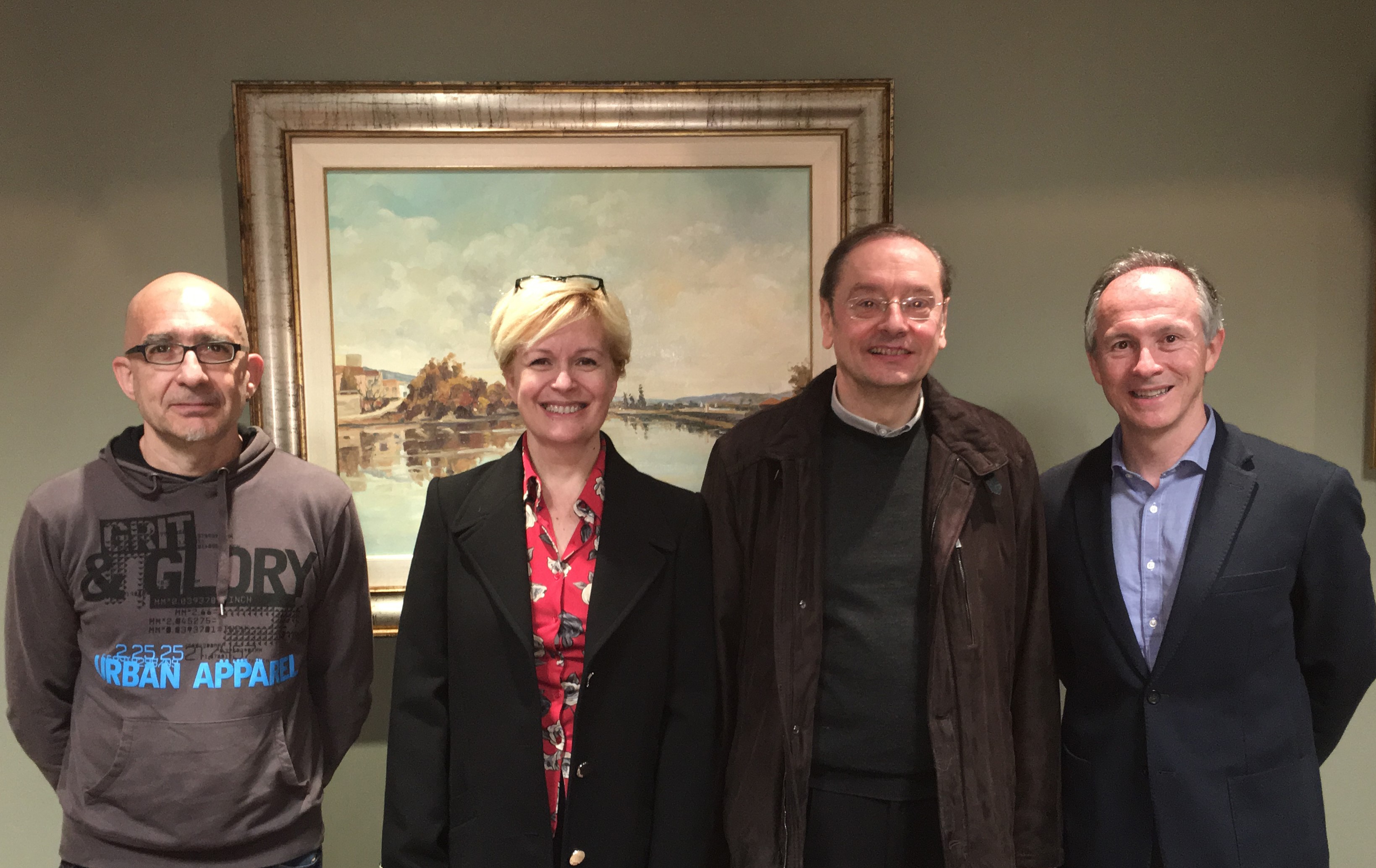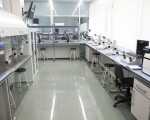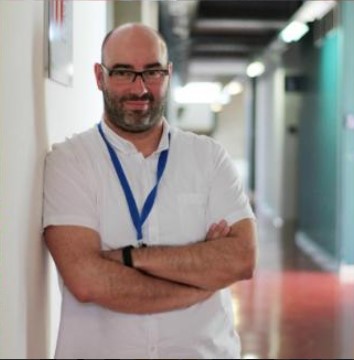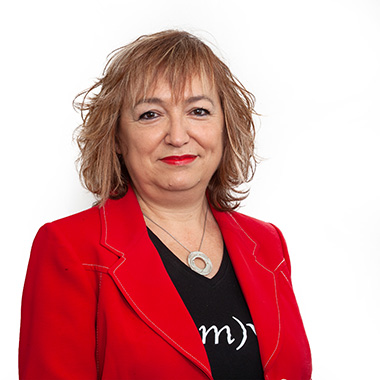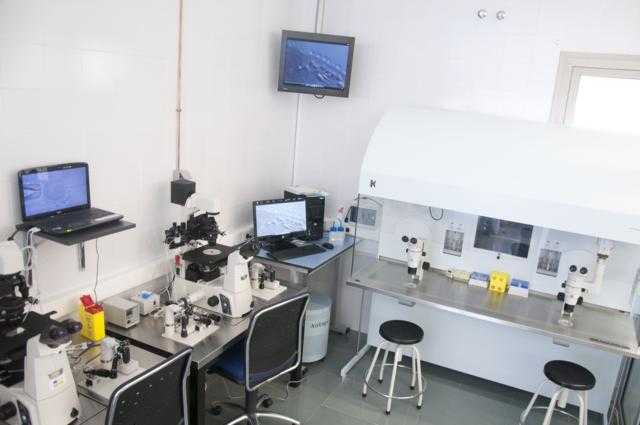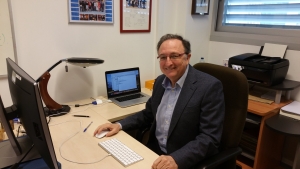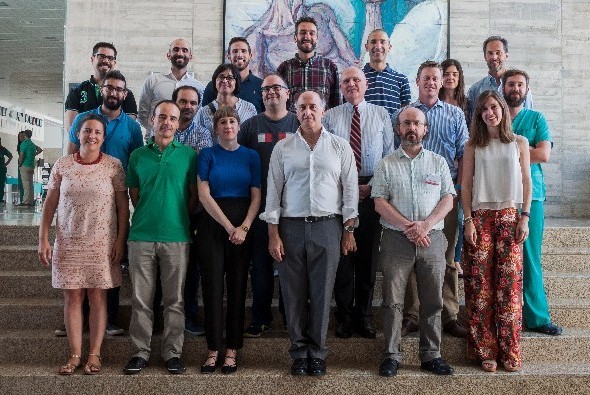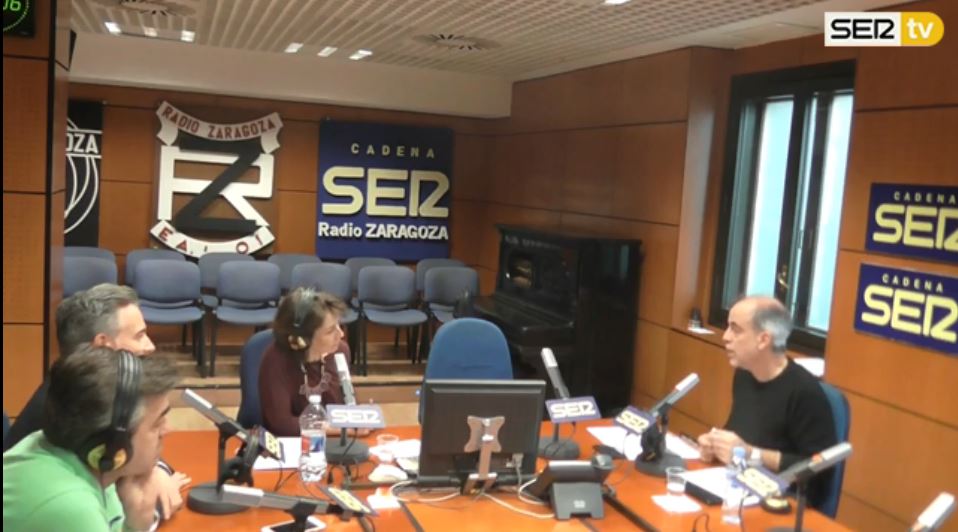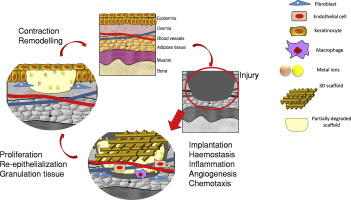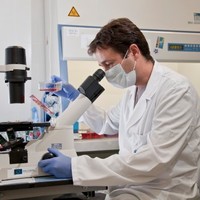Nanomedicine to fight against the spread of cancer
Nanoligent, S.L., the company stablished on March 2017 by professors Dr. A. Villaverde and Dra. E. Vázquez from NANBIOSIS Unit 1, professor Dr. M. Mangués from NANBIOSIS Unit 18, and entrepreneur Dr. M. Rodríguez is highlighted in la Vanguardia.
More information here
